HSBC 2006 Annual Report Download - page 118
Download and view the complete annual report
Please find page 118 of the 2006 HSBC annual report below. You can navigate through the pages in the report by either clicking on the pages listed below, or by using the keyword search tool below to find specific information within the annual report.-
 1
1 -
 2
2 -
 3
3 -
 4
4 -
 5
5 -
 6
6 -
 7
7 -
 8
8 -
 9
9 -
 10
10 -
 11
11 -
 12
12 -
 13
13 -
 14
14 -
 15
15 -
 16
16 -
 17
17 -
 18
18 -
 19
19 -
 20
20 -
 21
21 -
 22
22 -
 23
23 -
 24
24 -
 25
25 -
 26
26 -
 27
27 -
 28
28 -
 29
29 -
 30
30 -
 31
31 -
 32
32 -
 33
33 -
 34
34 -
 35
35 -
 36
36 -
 37
37 -
 38
38 -
 39
39 -
 40
40 -
 41
41 -
 42
42 -
 43
43 -
 44
44 -
 45
45 -
 46
46 -
 47
47 -
 48
48 -
 49
49 -
 50
50 -
 51
51 -
 52
52 -
 53
53 -
 54
54 -
 55
55 -
 56
56 -
 57
57 -
 58
58 -
 59
59 -
 60
60 -
 61
61 -
 62
62 -
 63
63 -
 64
64 -
 65
65 -
 66
66 -
 67
67 -
 68
68 -
 69
69 -
 70
70 -
 71
71 -
 72
72 -
 73
73 -
 74
74 -
 75
75 -
 76
76 -
 77
77 -
 78
78 -
 79
79 -
 80
80 -
 81
81 -
 82
82 -
 83
83 -
 84
84 -
 85
85 -
 86
86 -
 87
87 -
 88
88 -
 89
89 -
 90
90 -
 91
91 -
 92
92 -
 93
93 -
 94
94 -
 95
95 -
 96
96 -
 97
97 -
 98
98 -
 99
99 -
 100
100 -
 101
101 -
 102
102 -
 103
103 -
 104
104 -
 105
105 -
 106
106 -
 107
107 -
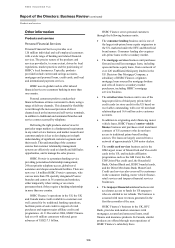 108
108 -
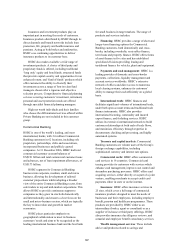 109
109 -
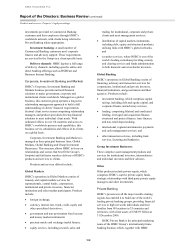 110
110 -
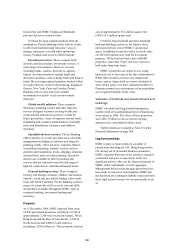 111
111 -
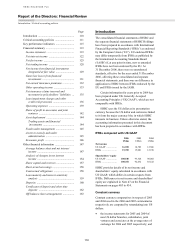 112
112 -
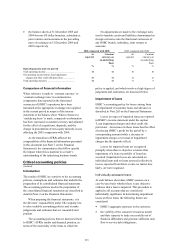 113
113 -
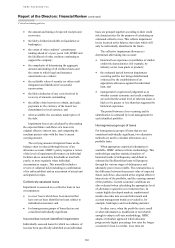 114
114 -
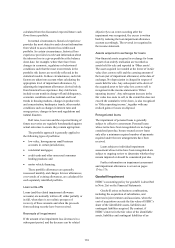 115
115 -
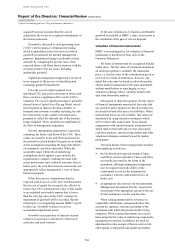 116
116 -
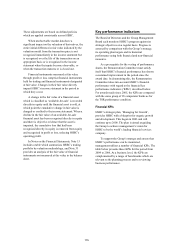 117
117 -
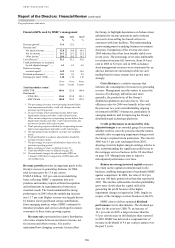 118
118 -
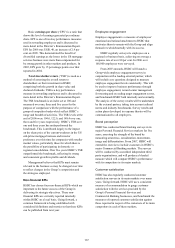 119
119 -
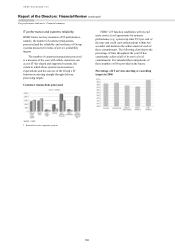 120
120 -
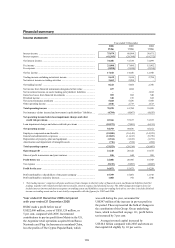 121
121 -
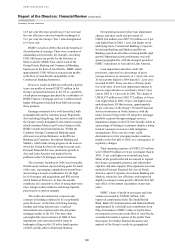 122
122 -
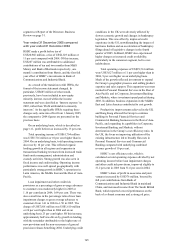 123
123 -
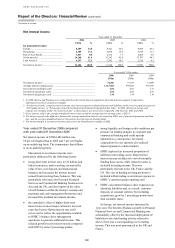 124
124 -
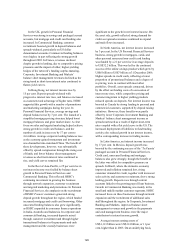 125
125 -
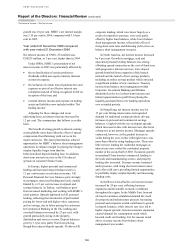 126
126 -
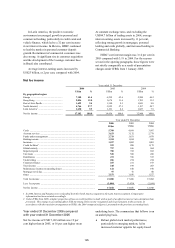 127
127 -
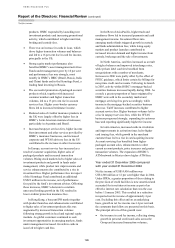 128
128 -
 129
129 -
 130
130 -
 131
131 -
 132
132 -
 133
133 -
 134
134 -
 135
135 -
 136
136 -
 137
137 -
 138
138 -
 139
139 -
 140
140 -
 141
141 -
 142
142 -
 143
143 -
 144
144 -
 145
145 -
 146
146 -
 147
147 -
 148
148 -
 149
149 -
 150
150 -
 151
151 -
 152
152 -
 153
153 -
 154
154 -
 155
155 -
 156
156 -
 157
157 -
 158
158 -
 159
159 -
 160
160 -
 161
161 -
 162
162 -
 163
163 -
 164
164 -
 165
165 -
 166
166 -
 167
167 -
 168
168 -
 169
169 -
 170
170 -
 171
171 -
 172
172 -
 173
173 -
 174
174 -
 175
175 -
 176
176 -
 177
177 -
 178
178 -
 179
179 -
 180
180 -
 181
181 -
 182
182 -
 183
183 -
 184
184 -
 185
185 -
 186
186 -
 187
187 -
 188
188 -
 189
189 -
 190
190 -
 191
191 -
 192
192 -
 193
193 -
 194
194 -
 195
195 -
 196
196 -
 197
197 -
 198
198 -
 199
199 -
 200
200 -
 201
201 -
 202
202 -
 203
203 -
 204
204 -
 205
205 -
 206
206 -
 207
207 -
 208
208 -
 209
209 -
 210
210 -
 211
211 -
 212
212 -
 213
213 -
 214
214 -
 215
215 -
 216
216 -
 217
217 -
 218
218 -
 219
219 -
 220
220 -
 221
221 -
 222
222 -
 223
223 -
 224
224 -
 225
225 -
 226
226 -
 227
227 -
 228
228 -
 229
229 -
 230
230 -
 231
231 -
 232
232 -
 233
233 -
 234
234 -
 235
235 -
 236
236 -
 237
237 -
 238
238 -
 239
239 -
 240
240 -
 241
241 -
 242
242 -
 243
243 -
 244
244 -
 245
245 -
 246
246 -
 247
247 -
 248
248 -
 249
249 -
 250
250 -
 251
251 -
 252
252 -
 253
253 -
 254
254 -
 255
255 -
 256
256 -
 257
257 -
 258
258 -
 259
259 -
 260
260 -
 261
261 -
 262
262 -
 263
263 -
 264
264 -
 265
265 -
 266
266 -
 267
267 -
 268
268 -
 269
269 -
 270
270 -
 271
271 -
 272
272 -
 273
273 -
 274
274 -
 275
275 -
 276
276 -
 277
277 -
 278
278 -
 279
279 -
 280
280 -
 281
281 -
 282
282 -
 283
283 -
 284
284 -
 285
285 -
 286
286 -
 287
287 -
 288
288 -
 289
289 -
 290
290 -
 291
291 -
 292
292 -
 293
293 -
 294
294 -
 295
295 -
 296
296 -
 297
297 -
 298
298 -
 299
299 -
 300
300 -
 301
301 -
 302
302 -
 303
303 -
 304
304 -
 305
305 -
 306
306 -
 307
307 -
 308
308 -
 309
309 -
 310
310 -
 311
311 -
 312
312 -
 313
313 -
 314
314 -
 315
315 -
 316
316 -
 317
317 -
 318
318 -
 319
319 -
 320
320 -
 321
321 -
 322
322 -
 323
323 -
 324
324 -
 325
325 -
 326
326 -
 327
327 -
 328
328 -
 329
329 -
 330
330 -
 331
331 -
 332
332 -
 333
333 -
 334
334 -
 335
335 -
 336
336 -
 337
337 -
 338
338 -
 339
339 -
 340
340 -
 341
341 -
 342
342 -
 343
343 -
 344
344 -
 345
345 -
 346
346 -
 347
347 -
 348
348 -
 349
349 -
 350
350 -
 351
351 -
 352
352 -
 353
353 -
 354
354 -
 355
355 -
 356
356 -
 357
357 -
 358
358 -
 359
359 -
 360
360 -
 361
361 -
 362
362 -
 363
363 -
 364
364 -
 365
365 -
 366
366 -
 367
367 -
 368
368 -
 369
369 -
 370
370 -
 371
371 -
 372
372 -
 373
373 -
 374
374 -
 375
375 -
 376
376 -
 377
377 -
 378
378 -
 379
379 -
 380
380 -
 381
381 -
 382
382 -
 383
383 -
 384
384 -
 385
385 -
 386
386 -
 387
387 -
 388
388 -
 389
389 -
 390
390 -
 391
391 -
 392
392 -
 393
393 -
 394
394 -
 395
395 -
 396
396 -
 397
397 -
 398
398 -
 399
399 -
 400
400 -
 401
401 -
 402
402 -
 403
403 -
 404
404 -
 405
405 -
 406
406 -
 407
407 -
 408
408 -
 409
409 -
 410
410 -
 411
411 -
 412
412 -
 413
413 -
 414
414 -
 415
415 -
 416
416 -
 417
417 -
 418
418 -
 419
419 -
 420
420 -
 421
421 -
 422
422 -
 423
423 -
 424
424 -
 425
425 -
 426
426 -
 427
427 -
 428
428 -
 429
429 -
 430
430 -
 431
431 -
 432
432 -
 433
433 -
 434
434 -
 435
435 -
 436
436 -
 437
437 -
 438
438 -
 439
439 -
 440
440 -
 441
441 -
 442
442 -
 443
443 -
 444
444 -
 445
445 -
 446
446 -
 447
447 -
 448
448 -
 449
449 -
 450
450 -
 451
451 -
 452
452 -
 453
453 -
 454
454 -
 455
455 -
 456
456 -
 457
457 -
 458
458
 |
 |

HSBC HOLDINGS PLC
Report of the Directors: Financial Review (continued)
Key performance indicators
116
Financial KPIs used by HSBC’s management
2006 2005 200410
% % %
Revenue growth1 ........................ 13.4 12.2 –
Revenue mix2
Net interest income ............... 52.8 54.4 60.6
Net fee income ...................... 26.3 25.1 25.2
Other income3 ........................ 20.9 20.5 14.2
Cost efficiency4 .......................... 51.3 51.2 51.6
Credit performance as measured
by risk adjusted margin5 ........ 6.3 6.3 6.8
Return on average
invested capital6 ..................... 14.9 15.9 15.0
Dividend performance7 .............. 10.1 9.5 5.0
Earnings per share8 (US$) .......... 1.40 1.36 1.18
Over Over Over
1 year 3 years 5 years
Total shareholder return9
HSBC TSR ................................ 104.6 122.0 148.4
Benchmarks:
– FTSE 100 ........................... 114.4 153.8 141.1
– MSCI World ...................... 105.8 139.9 122.4
1 The percentage increase in net operating income before
loan impairment and other credit risk charges since the
previous reporting period.
2 As a percentage of net operating income before loan
impairment charges and other credit risk provisions.
3 Other income comprises net operating income before loan
impairment charges and other credit risk provisions less
net interest income and net fee income.
4 Total operating expenses divided by net operating income
before loan impairment and other credit risk charges.
5 Net operating income divided by average risk-weighted
assets.
6 Profit attributable to ordinary shareholders divided by
average invested capital.
7 The percentage increase in dividend per share since the
previous reporting period.
8 Basic earnings per share is defined in note 12.
9 Total shareholder return is defined on page 281.
10 Presentational changes introduced under IFRSs on
1 January 2005 distort comparison of 2004 data with
succeeding years.
Revenue growth provides an important guide to the
Group’s success in generating business. In 2006,
total revenue grew by 13.4 per cent to
US$65.4 billion, 10.5 per cent on an underlying
basis, reflecting HSBC’s expansion into new
products and markets, improved brand recognition
and refinements in segmentation to better meet
customer needs. The trend maintained the strong
performance in 2005 when the underlying increase
was 11.7 per cent. Higher revenue was largely driven
by balance sheet growth and strong contributions
from emerging markets, where HSBC continued to
introduce products and services developed in mature
economies to these faster growing regions.
Revenue mix represents the relative distribution
of revenue streams between net interest income, net
fee income and other revenue. It is used to
understand how changing economic factors affect
the Group, to highlight dependence on balance sheet
utilisation for income generation and to indicate
success in cross-selling fee-based services to
customers with loan facilities. This understanding
assists management in making business investment
decisions. Comparison of the revenue mix since
2004 indicates that it has been broadly stable over
recent years. The percentage of revenue attributable
to net interest income fell, however, from 54.4 per
cent in 2005 to 52.8 per cent in 2006 as balance
sheet management revenues were constrained by an
adverse interest rate environment while fee and
trading-based revenue streams have grown more
strongly.
Cost efficiency is a relative measure that
indicates the consumption of resources in generating
revenue. Management uses this metric to assess the
success of technology utilisation and, more
generally, the productivity of the Group’s
distribution platforms and sales forces. The cost
efficiency ratio for 2006 was broadly in line with
the previous two years notwithstanding ongoing
investment in HSBC’s businesses, particularly in
emerging markets, and in improving the Group’s
distribution and technology platforms.
Credit performance as measured by risk-
adjusted margin is an essential gauge for assessing
whether credit is correctly priced so that the returns
available after recognising impairment charges meet
the Group’s required return parameters. The ratio for
2006 was 6.3 per cent, unchanged from 2005,
showing a trend to higher-margin earnings relative to
risk, notwithstanding the significant credit losses in
the mortgage services business in the US described
on page 189. Management aims to improve
risk-adjusted performance over time.
Return on average invested capital measures
the return on the capital investment made in the
business, enabling management to benchmark HSBC
against competitors. In 2006, the ratio of 14.9 per
cent was 100 basis points lower than that reported in
2005. This decline reflected the fact that profitability
grew more slowly than the capital utilised in
generating the profit because of the higher
impairment charges recognised in 2006, largely in
respect of the mortgage services business in the US.
HSBC aims to deliver sustained dividend
performance for its shareholders. The dividend per
share for the year was US$0.76, an increase of
10.1 per cent on 2005, a larger increase than the
9.5 per cent increase in dividend per share reported
in 2005. HSBC has delivered a compound rate of
increase in dividends of 9.6 per cent per annum over
the past 5 years.
